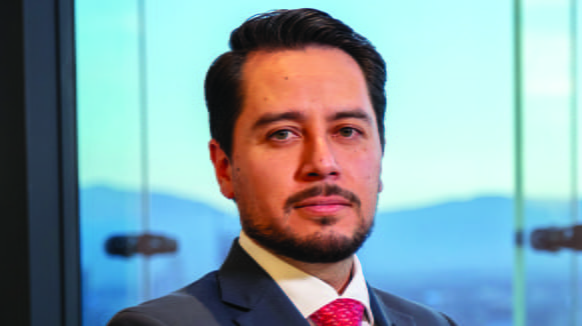Haynes Boone Partner Edgar Klee and Associate Joel Gonzalez Lopez authored a chapter in the 12th Edition of Lexology In-Depth on the new administration bringing changes to various areas of the Mexican economy, which may bring new business opportunities for investors, but also new rules that will have to be reviewed to better capitalize on the opportunities in the new political environment.
Read an excerpt below:
Investment is the component of spending that enables higher levels of growth. It is the sum of the resources that are used to acquire fixed capital by which the population can become more productive. 2023 will be an interesting year for Mexico, as the government of President Andres Manuel Lopez Obrador is coming to its conclusion, so there will be several political factors that will influence Mexico’s economy; however, it should be noted that despite the covid-19 pandemic and various geopolitical factors such as the war in Ukraine that have definitely impacted the global economy, Mexico has maintained some economic stability, which has generated the attraction of capital flows.
According to the Mexico Ministry of Economy, from 2021 to 2022, direct foreign investment in Mexico increased by 12 per cent for a total of US$35.29 billion; it is important to note that 48.15 per cent of foreign direct investment (FDI) corresponds to new investments, which reflects a stable economic climate that makes Mexico attractive for foreign capital investment. According to numbers from the government, 36.02 per cent of FDI in 2022 was from the manufacturing sector, 13.15 per cent from financial and insurance services, and 15.13 per cent from transportation, while the rest was distributed throughout sectors such as, among others, commerce and accommodation services. In terms of country of origin, 42.5 per cent of FDI came from the United States, 10.71 per cent from Canada, 4.98 per cent from the United Kingdom and the rest from Germany, Japan and other countries.
Manufacturing is an essential pillar of the Mexican economy. This sector represents 18.5 per cent of the economy and it is a major attractor of foreign investment. It has represented 47.9 per cent of the FDI in the past five years. This is mainly explained by the fact that, as a result of the pandemic and other geopolitical factors, many industries and manufacturing companies moved their facilities from abroad to locate them in areas closer to the United States (nearshoring).
In the past few years, the nearshoring trend has increased Mexico’s manufacturing sector, positioning Mexico as a key player in North America’s supply chain. Nearshoring is to be understood as a commercial, economic and legal synergy in which a transnational organization establishes its manufacturing, assembly or supply processes in the country or continent where they will be marketed, reducing the risk of suffering operational interruptions.
Private consumption will strengthen gradually, aided by remittances and the rollout of vaccines. Exports will continue to benefit from deep integration into international value chains and a gradual recovery in tourism. Planned public infrastructure projects will boost investment. According to data from the Central Bank of Mexico (Banxico), the institution considers that inflation in Mexico will close at 7.5 per cent in the first quarter of 2023. Banxico also made modifications for the second quarter (the forecast varies from 6.4 to 6.3 per cent) and for the fourth and last quarter of 2023, when it expects inflation to close at 4.8 per cent (the previous estimate was 4.9 per cent).. In 2019, the Global Competitiveness Report issued by the World Economic Forum ranked Mexico as 48th out of 141 economies and placed it as one of the most competitive economies in Latin America. Mexico’s improvement is based on efficiency in trade, investments and productivity. In addition, as a member of the OECD and the World Trade Organization, Mexico has become a champion of free trade, with a considerable network of tax treaties, which have given rise to a large amount of wealth being created. Unfortunately, this wealth is amassed to only a small percentage of the population. The country has one of the highest rates of inequality in the world and will certainly face challenges in the future to achieve inclusive and sustained growth for all its citizens.
To read the full chapter in Lexology In-Depth, click here.

